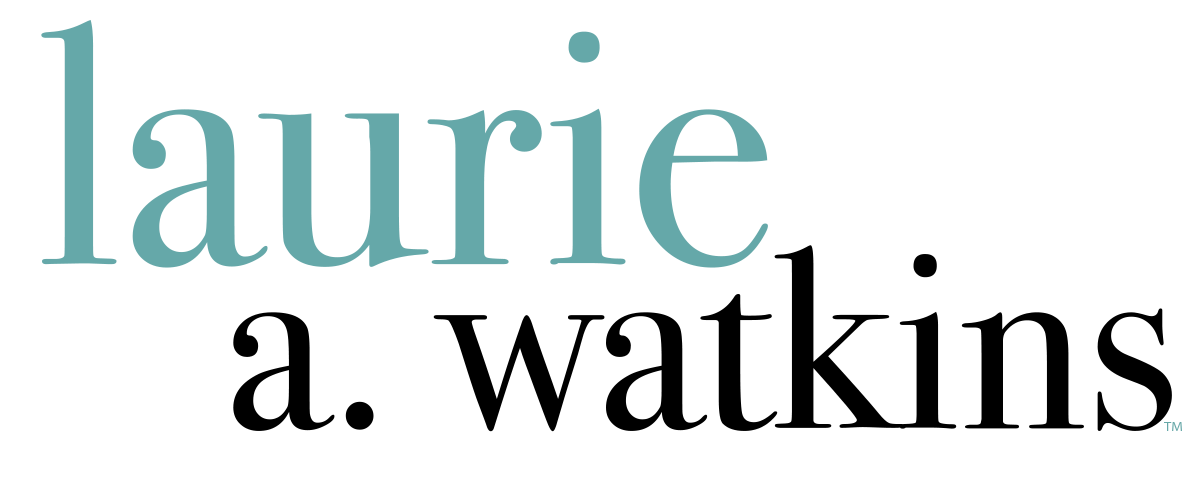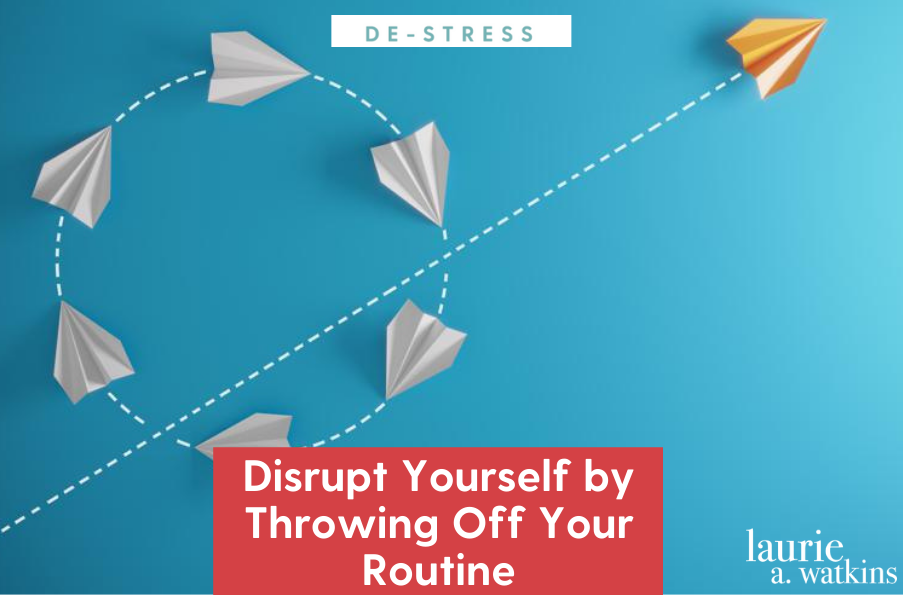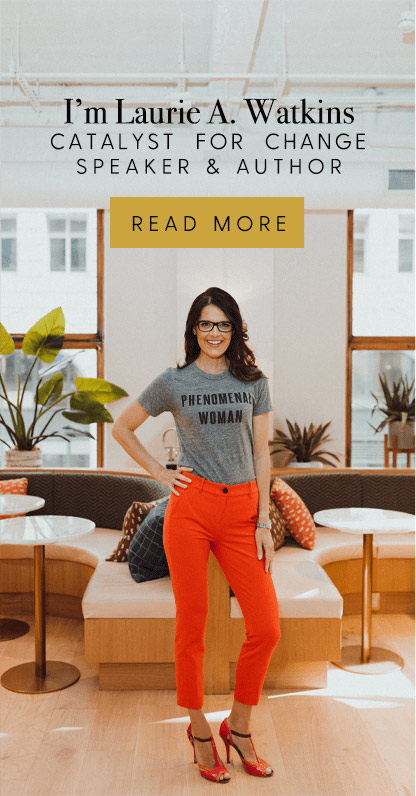Have you read Disrupt Yourself by Whitney Johnson? I certainly have! Whitney helps high growth organizations and individuals grow through disruption. She also was named one of the world’s fifty most influential management thinkers by Thinkers50, and is CEO and founder of WLJ Advisors.
One of her most famous teachings is the S-Curve Model. According to her book:
- If you are starting something new, you’re at the launch point of your “S Curve of Learning.”
- If things are easy, but not too easy or hard but not too hard, you’re in the sweet spot of your “S Curve of Learning.”
- If you have reached mastery and you’re feeling stuck, you’re at the high end of your “S Curve of Learning.”
According to Johnson, “A distinctive strength is something that you do well that others within your sphere don’t. Pairing this strength with a need to be met or problem to be solved gives you the momentum necessary to move into hypergrowth, the sweet spot of the S-curve.”
The “S-Curve” has been used for years to show the growth trajectory of new companies, products, or technologies. It is also a tool for predicting when new strategies will be needed to sustain growth and/or decisions.
If you have been sitting on the sidelines, or feeling stuck, or even afraid to make a change, it may be time for a disruption.
Everyone seems to be re-evaluating themselves and their lives right now with all this time for self-reflection. People are making career changes, relationship changes, changes to their self-care choices, and even geographic changes. These are all disruptions that can propel you forward in your personal or professional life. And they are good ones!
There is rarely a reason to stay stuck on an S-curve; the alternative is GROWTH by jumping to a new S-curve. This may mean starting over at the bottom of a new S-curve. And that is OK! People reinvent themselves or make big changes all the time.
The world today is wildly fast paced. We have instant communication and a constant news cycle. People pride themselves on getting little sleep, being overworked, not taking vacation days, and having little to no time for self-care. These are the exact people who need a disruption in life, to reevaluate what is really important and makes them happy.
Playing it safe in this high-speed, high-stress world is not always as safe as it may seem. People tend to think it’s better to stay at a job where they know the routine, or stay in a relationship because they’ve devoted time to it, or stay living in a town because they’re comfortable… However, sometimes it is safer to jump to a new S-curve and trying something new. Opportunity, personal growth, learning, and innovation can await which will lead to happiness and further success.
Some ways to help bring welcome disruptions into your life easily are:
Start simple. Doing something to start on a new S-curve doesn’t even need to be as major as a new house, relationship, or job. You can start a new fitness, sleep, communication, or healthy eating routine. Starting simple and revving up to a bigger disruption could help ease your way in.
Update your resume. Professionally, jumping S-curves can provide intellectual stimulation, upward mobility, and personal growth. Professional disruptions can move you forward; however, you should also be sure you can potentially take a financial risk if you choose to start at the bottom of a new professional S-curve.
Take some time. Sometimes, a great disruption is a change in how you spend your time. Again, this can be simple: swap and hour of binge watching for an hour of walking. Even small, low time commitment disruptions can be incredibly impactful. This can also mean, take time when jumping S-curves. Not all disruptions need to be instant and drastic. Slow, gradual change can be impactful too.
Make a temporary change. Not all disruptions need to be permanent. Sometimes even a temporary change of location can be a disruption to your routine and therefore, your life. If you’re able to take a vacation, consider doing so. New scenery can inspire us or reset us. If you can’t leave town, maybe change where you work (stop working at the kitchen table, and sit outside). Light a candle that reminds you of a place you love or even visited once and makes you feel happy and comforted.
Meet new people. Join a Facebook group or attend a networking event with people of like-minded passions, careers, or interests. Meeting new people can inspire you to pursue hobbies, or make career changes. Networking opportunities are a great way to shift some S-curve in your life. Sign up for a virtual meet-up to participate in a discussion you don’t know a lot about, but want to learn more on.
Try not to be afraid. Change is of course scary and comes with some level of risk. However, when we are vulnerable or take risks, sometimes we are met with the biggest rewards. The more guarded or stuck in our ways we become, the less we can evolve. It makes it far more challenging to change S-curves or meet new people or embrace potential new opportunities.
Think of yourself. When making changes to YOUR routine, it is important to think about what is best for YOU. Of course, if you have a partner or a family, they need to be taken into account too. However, you should do your best to make the choices that are best for you and not fear external judgments or opinions.
Breaking from your routine can be wildly intimidating, and downright uncomfortable at times. Routines keep us on track, eliminate distractions and can even give some peace to our hectic lives. However, welcoming disruptions and embracing the unfamiliar by trying new things can lead to some major highlights in life.
Jumping S-curves requires a great dedication to your strengths. For some high achievers or high achieving companies, it can be challenging to identify our own strengths. Whitney Johnson offers methods to discover those strengths including keeping “an eye out for those compliments you habitually dismiss, not because you are being coy, but because this little ‘thing’ feels as natural to you as breathing.” In other words, what feels easy to us may not be so to someone else, and thus we are habitually dismissing our distinctive strengths.
Recent generations have disrupted so much. People no longer think the corporate world is the “safest” option. Folks are no longer staying at jobs for 10 or 15 years and embracing mobility. People are getting married and having kids later in life. We are disrupting all types of choices as a society; we need to have the same confidence to disrupt our own lives.
I want to hear from you. Have you made any disruptions to your life? Were you happy or not fully satisfied with how it played out? Are there any disruptions you are considering making? What is holding you back? Please share in the comments below or on my social media.






